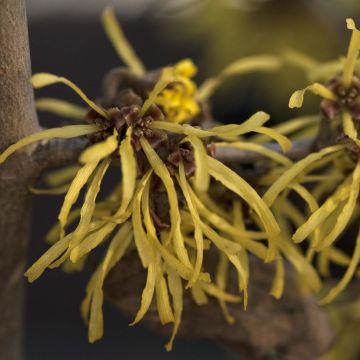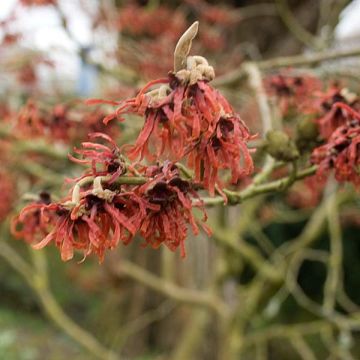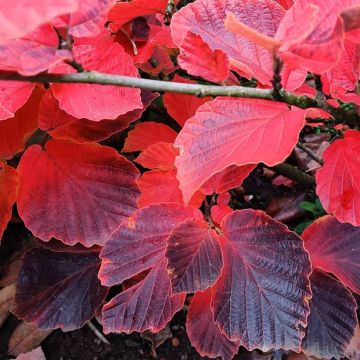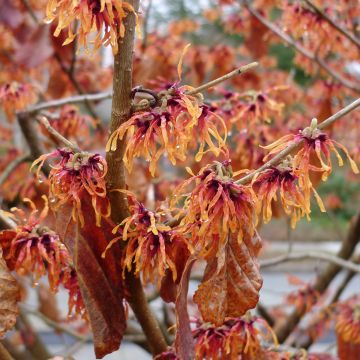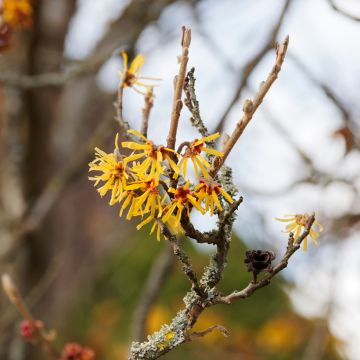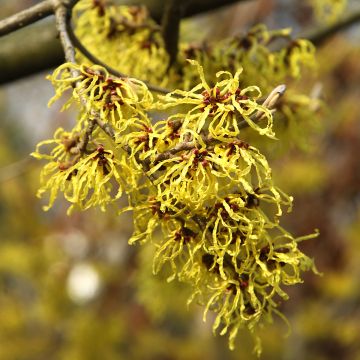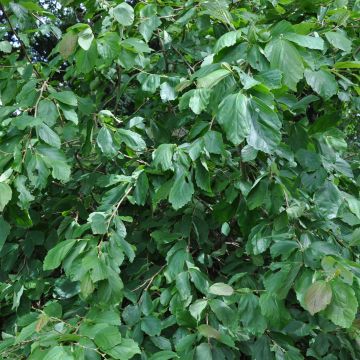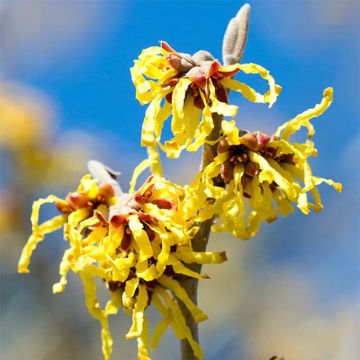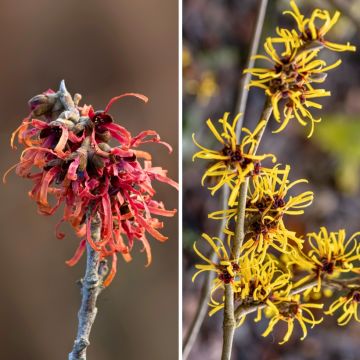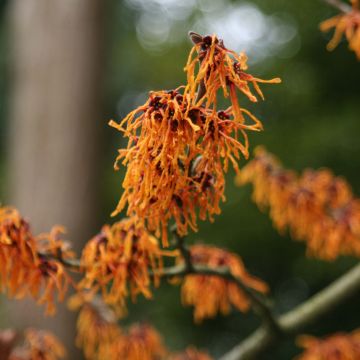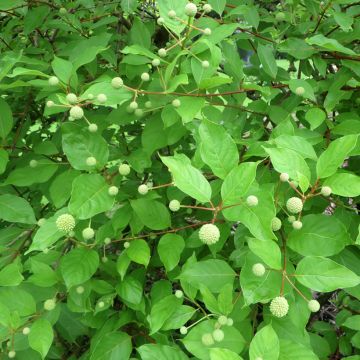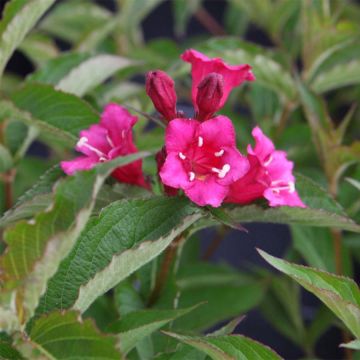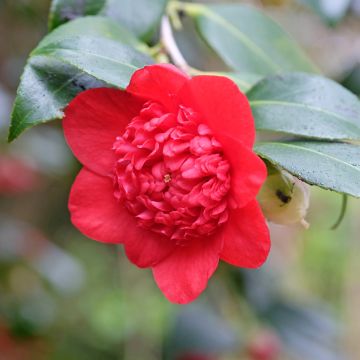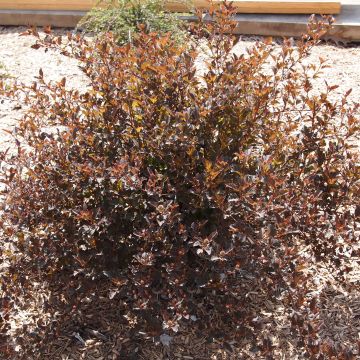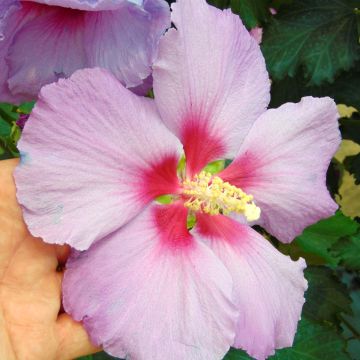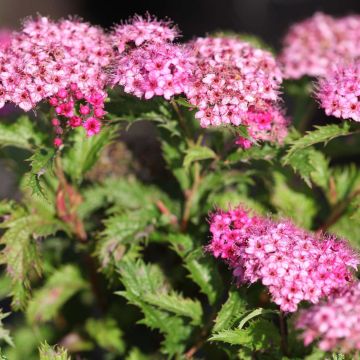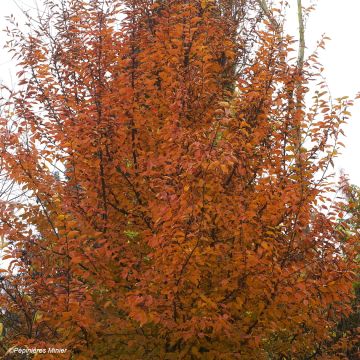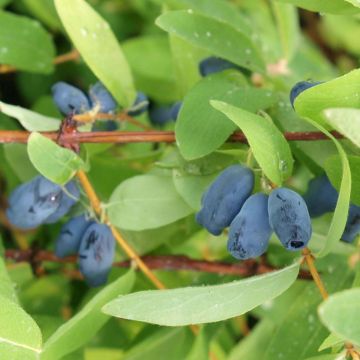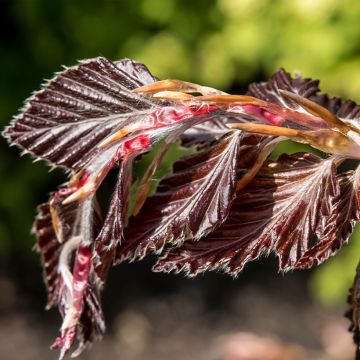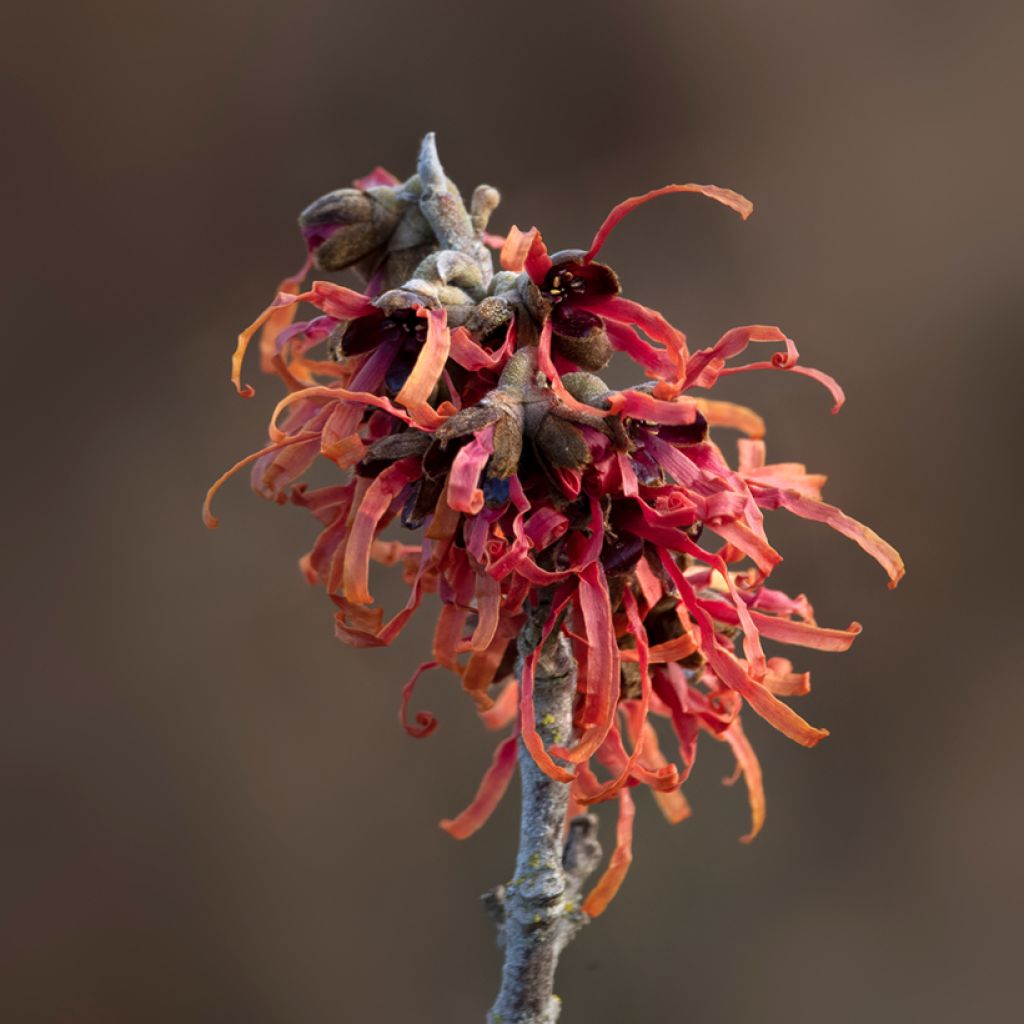

Hamamelis intermedia Diane - Witch Hazel
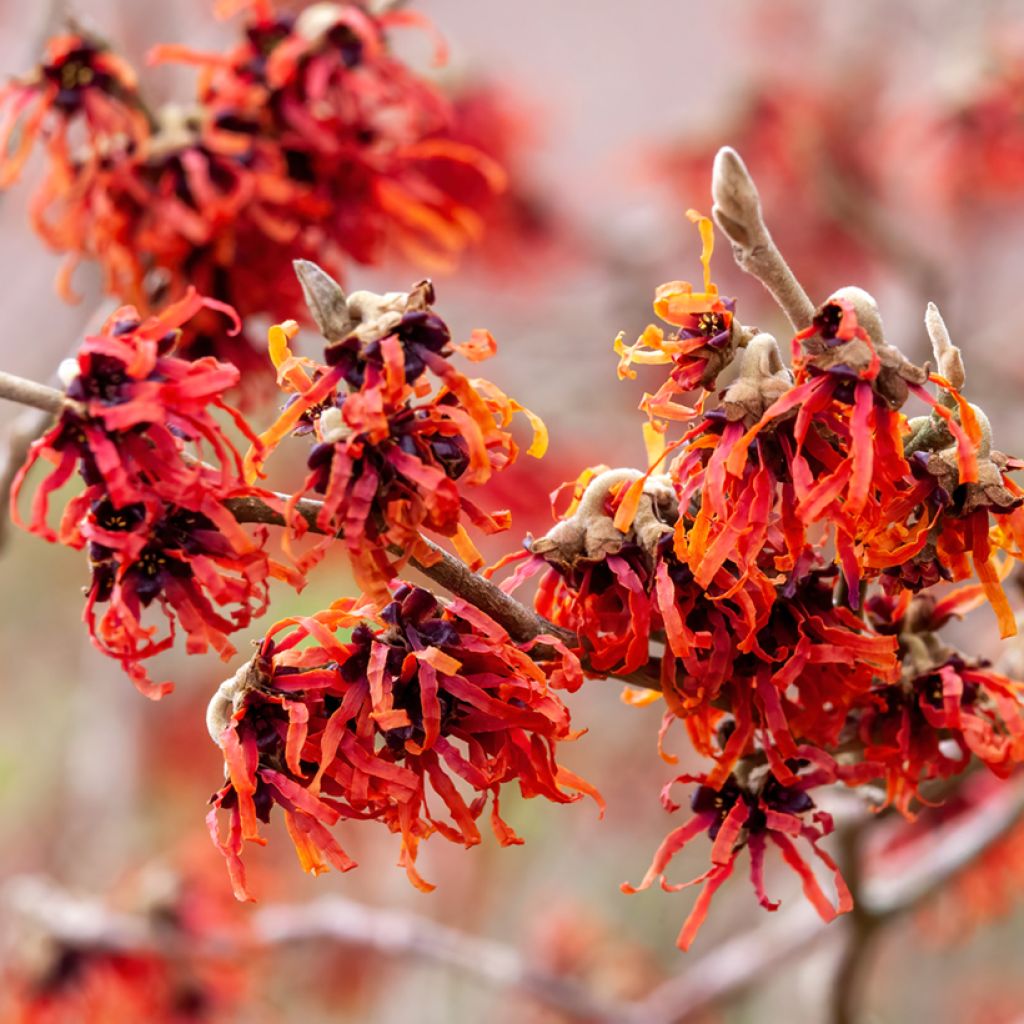

Hamamelis intermedia Diane - Witch Hazel
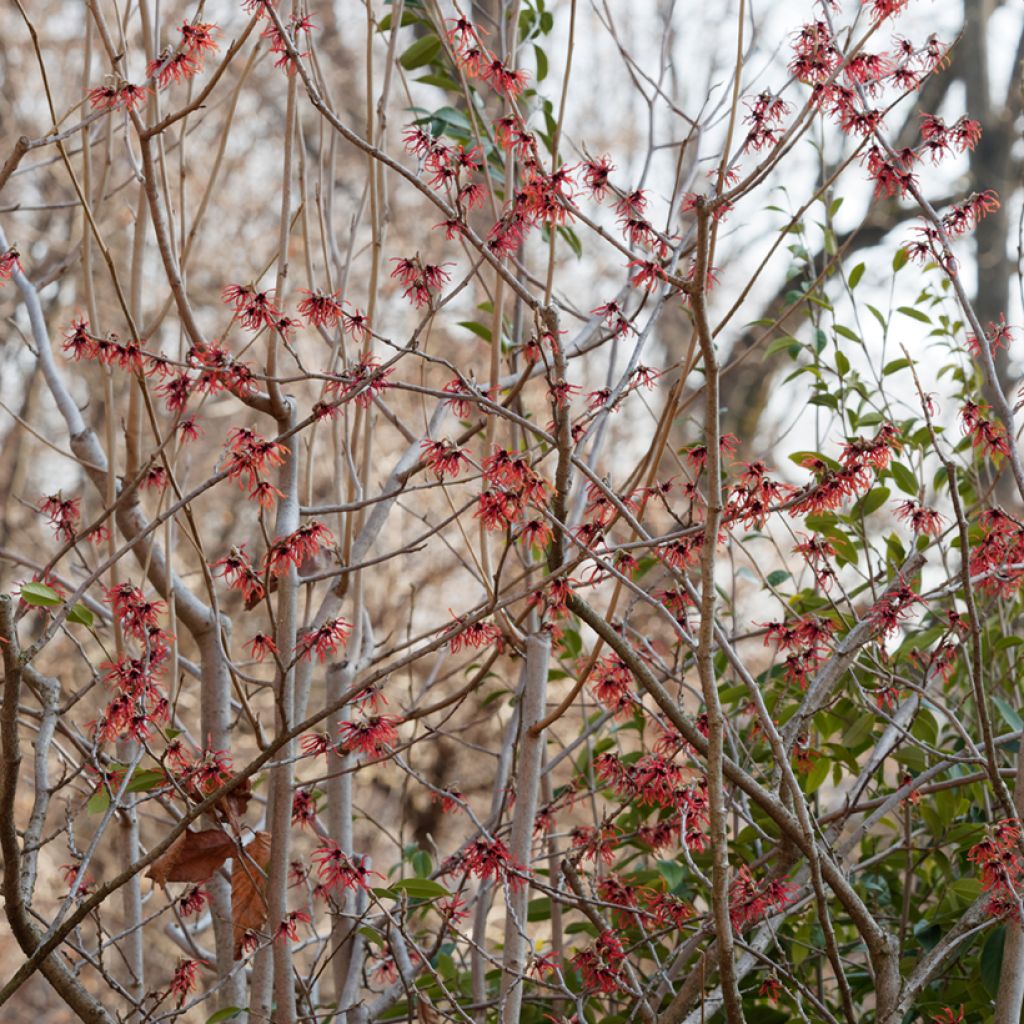

Hamamelis intermedia Diane - Witch Hazel
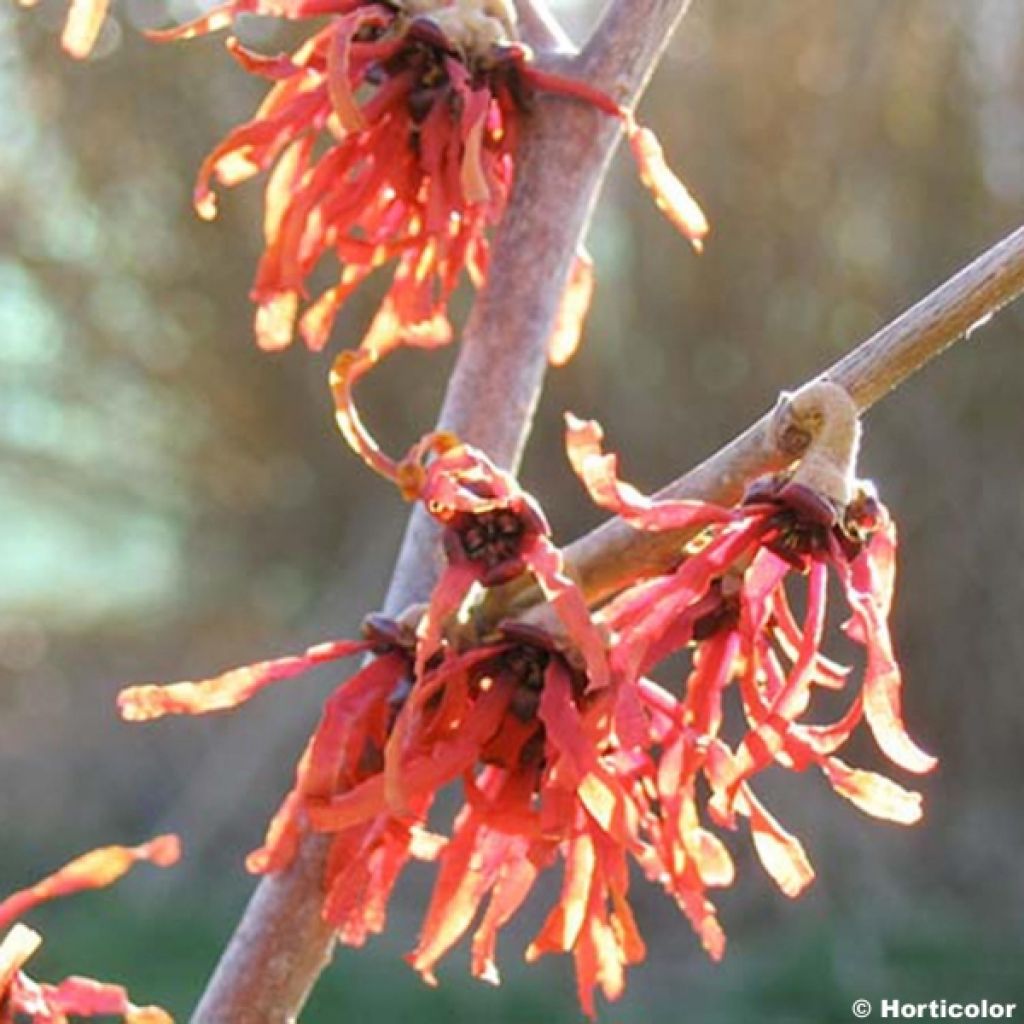

Hamamelis intermedia Diane - Witch Hazel
Hamamelis intermedia Diane - Witch Hazel
Hamamelis x intermedia Diane
Witch Hazel
This item cannot be shipped to the selected country
Delivery charge from €5.90
Delivery charge from €5.90
More information
Schedule delivery date,
and select date in basket
This plant carries a 24 months recovery warranty
More information
We guarantee the quality of our plants for a full growing cycle, and will replace at our expense any plant that fails to recover under normal climatic and planting conditions.
From €5.90 for pickup delivery and €6.90 for home delivery
Express home delivery from €8.90.
From €5.90 for pickup delivery and €6.90 for home delivery
Express home delivery from €8.90.

Does this plant fit my garden?
Set up your Plantfit profile →
Description
Hamamelis intermedia 'Diane', often named the Witch Hazel, is a hardy bush with very distinctive flowering which appears as early as December, when the garden and flower beds are at rest. It brightens up the season with its garnet red filaments gathered in clusters on the bare stems. Its deciduous foliage also guarantees a spectacle in autumn, turning yellow and red. This beautiful variety has been rewarded with the prestigious RHS Award of Garden Merit.
Hamamelis is a bush that appreciates acidic soil with a tendency to be moist (it is best to avoid drying winds). It thrives in the sun, if it is not too scorching. Otherwise, a semi-shaded exposure is recommended (the flowering will be a bit less showy). Its slow growth allows it to be grown in a container when it is still young. You can thus enjoy its magnificent colours on the terrace or near entrances. In the long term (after about ten years in open ground), it can reach a size of 3 to 4m (10 to13ft). Its rounded and spreading habit fits well in hedges, but also forms beautiful centres to flower beds. It has oval, wide leaves that are a beautiful light green when young. They are also marked by raised veins that give them a crinkled appearance (like hazelnut trees). Later on, they spread out and take on different colours: medium green in summer, then yellow, brick, copper... as the days shorten. This is enhanced by being placed near evergreens to offer a varied palette. It flowers in winter which is its main attraction, bringing a touch of refinement and (apparent) fragility with small bouquets of red flowers on its still leafless stems. Composed of very narrow ribbons, 2-3cm (0.8 - 1.2in) long, gathered and tousled, it is very unique. To showcase it, several options are available to you: against the light, its flowers capture the sun through the dew and frost: in front of evergreen foliage, this pretty ruby hue stands out more easily.
Essential for brightening hedges or flower beds in autumn and winter, Hamamelis intermedia 'Diane' will thrive in most regions and does not require much attention. Place it near windows to admire its changing colours in autumn or at the back of the garden to encourage you to go out and witness its early flowering. You can cut some branches to decorate your interior.
Report an error about the product description
Hamamelis intermedia Diane - Witch Hazel in pictures
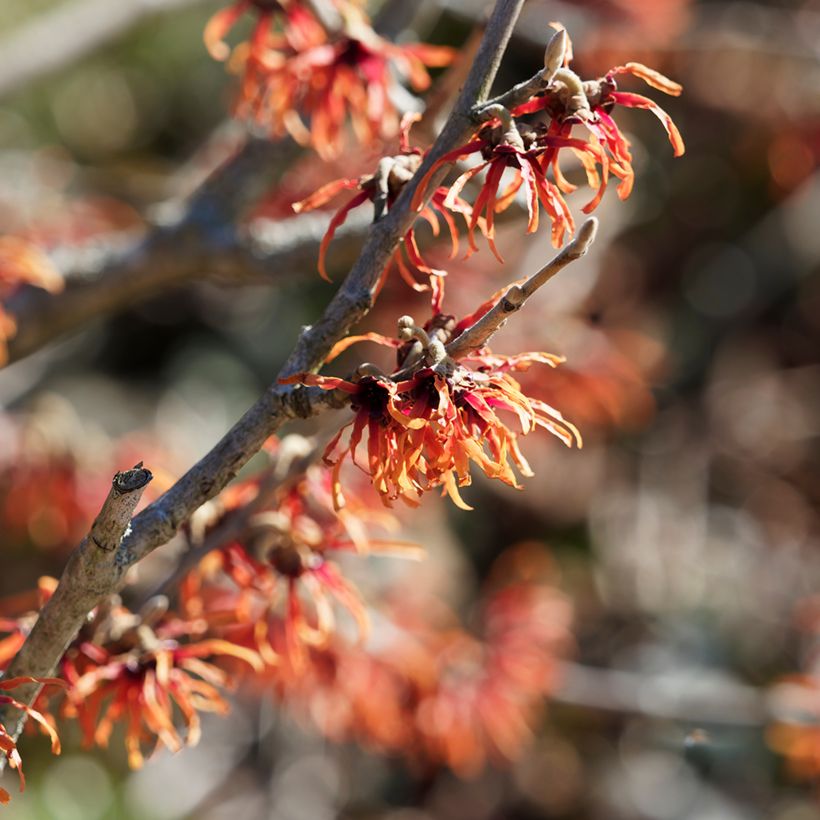

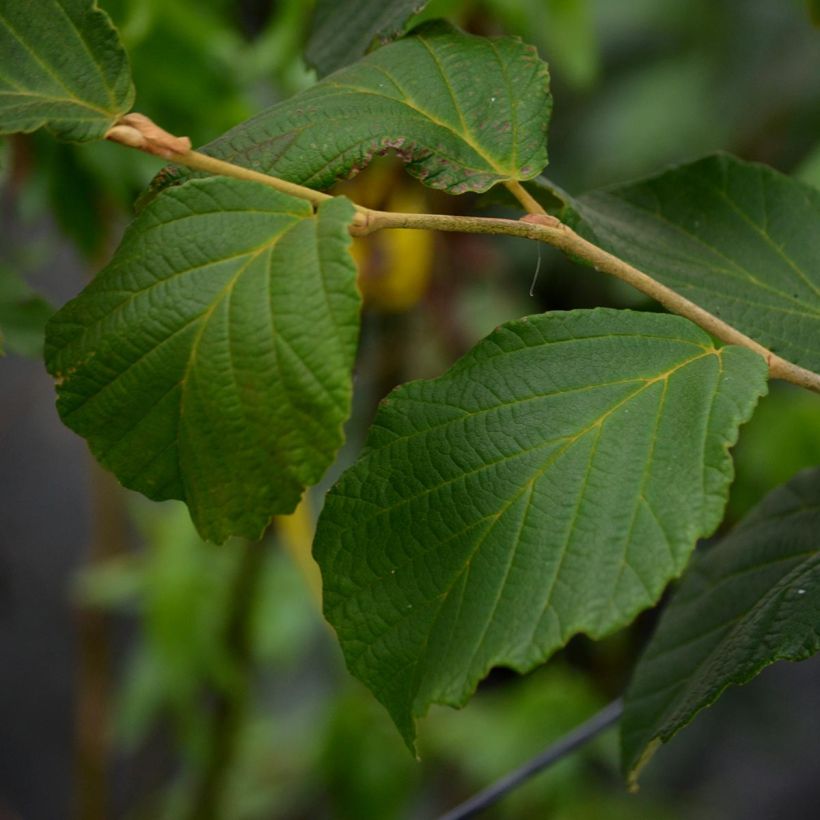

Plant habit
Flowering
Foliage
Botanical data
Hamamelis
x intermedia
Diane
Hamamelidaceae
Witch Hazel
Cultivar or hybrid
Other Hamamelis - Witch-hazel
Planting and care
To fully enjoy the beauty of your Hamamelis intermedia Diane, plant it near your house, standing out against a dark background of evergreen foliage. As it is sensitive to limestone, it should be grown in ericaceous soil, or at least in non-limestone soil enriched with leaf compost. Tip: Hamamelis are not fond of limestone soils, and they indicate this by yellowing leaves during summer and blooming less. To facilitate its growth, incorporate ericaceous soil during planting.
Planting period
Intended location
Care
-
, onOrder confirmed
Reply from on Promesse de fleurs
Hedge shrubs
Haven't found what you were looking for?
Hardiness is the lowest winter temperature a plant can endure without suffering serious damage or even dying. However, hardiness is affected by location (a sheltered area, such as a patio), protection (winter cover) and soil type (hardiness is improved by well-drained soil).

Photo Sharing Terms & Conditions
In order to encourage gardeners to interact and share their experiences, Promesse de fleurs offers various media enabling content to be uploaded onto its Site - in particular via the ‘Photo sharing’ module.
The User agrees to refrain from:
- Posting any content that is illegal, prejudicial, insulting, racist, inciteful to hatred, revisionist, contrary to public decency, that infringes on privacy or on the privacy rights of third parties, in particular the publicity rights of persons and goods, intellectual property rights, or the right to privacy.
- Submitting content on behalf of a third party;
- Impersonate the identity of a third party and/or publish any personal information about a third party;
In general, the User undertakes to refrain from any unethical behaviour.
All Content (in particular text, comments, files, images, photos, videos, creative works, etc.), which may be subject to property or intellectual property rights, image or other private rights, shall remain the property of the User, subject to the limited rights granted by the terms of the licence granted by Promesse de fleurs as stated below. Users are at liberty to publish or not to publish such Content on the Site, notably via the ‘Photo Sharing’ facility, and accept that this Content shall be made public and freely accessible, notably on the Internet.
Users further acknowledge, undertake to have ,and guarantee that they hold all necessary rights and permissions to publish such material on the Site, in particular with regard to the legislation in force pertaining to any privacy, property, intellectual property, image, or contractual rights, or rights of any other nature. By publishing such Content on the Site, Users acknowledge accepting full liability as publishers of the Content within the meaning of the law, and grant Promesse de fleurs, free of charge, an inclusive, worldwide licence for the said Content for the entire duration of its publication, including all reproduction, representation, up/downloading, displaying, performing, transmission, and storage rights.
Users also grant permission for their name to be linked to the Content and accept that this link may not always be made available.
By engaging in posting material, Users consent to their Content becoming automatically accessible on the Internet, in particular on other sites and/or blogs and/or web pages of the Promesse de fleurs site, including in particular social pages and the Promesse de fleurs catalogue.
Users may secure the removal of entrusted content free of charge by issuing a simple request via our contact form.
The flowering period indicated on our website applies to countries and regions located in USDA zone 8 (France, the United Kingdom, Ireland, the Netherlands, etc.)
It will vary according to where you live:
- In zones 9 to 10 (Italy, Spain, Greece, etc.), flowering will occur about 2 to 4 weeks earlier.
- In zones 6 to 7 (Germany, Poland, Slovenia, and lower mountainous regions), flowering will be delayed by 2 to 3 weeks.
- In zone 5 (Central Europe, Scandinavia), blooming will be delayed by 3 to 5 weeks.
In temperate climates, pruning of spring-flowering shrubs (forsythia, spireas, etc.) should be done just after flowering.
Pruning of summer-flowering shrubs (Indian Lilac, Perovskia, etc.) can be done in winter or spring.
In cold regions as well as with frost-sensitive plants, avoid pruning too early when severe frosts may still occur.
The planting period indicated on our website applies to countries and regions located in USDA zone 8 (France, United Kingdom, Ireland, Netherlands).
It will vary according to where you live:
- In Mediterranean zones (Marseille, Madrid, Milan, etc.), autumn and winter are the best planting periods.
- In continental zones (Strasbourg, Munich, Vienna, etc.), delay planting by 2 to 3 weeks in spring and bring it forward by 2 to 4 weeks in autumn.
- In mountainous regions (the Alps, Pyrenees, Carpathians, etc.), it is best to plant in late spring (May-June) or late summer (August-September).
The harvesting period indicated on our website applies to countries and regions in USDA zone 8 (France, England, Ireland, the Netherlands).
In colder areas (Scandinavia, Poland, Austria...) fruit and vegetable harvests are likely to be delayed by 3-4 weeks.
In warmer areas (Italy, Spain, Greece, etc.), harvesting will probably take place earlier, depending on weather conditions.
The sowing periods indicated on our website apply to countries and regions within USDA Zone 8 (France, UK, Ireland, Netherlands).
In colder areas (Scandinavia, Poland, Austria...), delay any outdoor sowing by 3-4 weeks, or sow under glass.
In warmer climes (Italy, Spain, Greece, etc.), bring outdoor sowing forward by a few weeks.

































